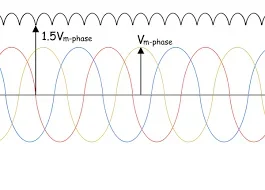Tornado
VIP MEMBER
- Joined
- Dec 5, 2017
- Messages
- 4,952
I thought the blue original cap has a tiny hole in the plastic crimped in end that has the connectors on it. Would not make sense to mount it with terminals pointing down.
Terminals point down is direction in the s hop manual I posted previously. Mine was on the bike that way for 45 yrs (presumably) and still works fine.

